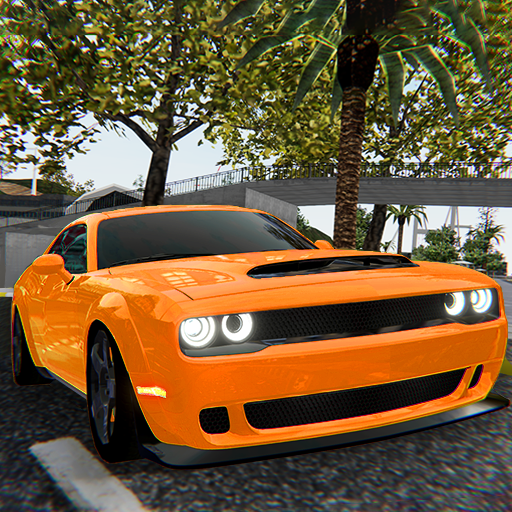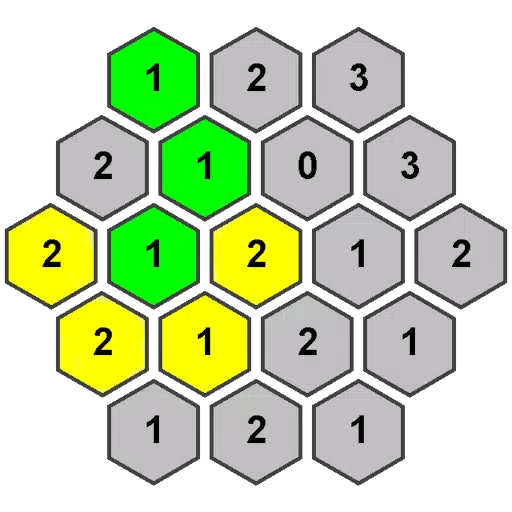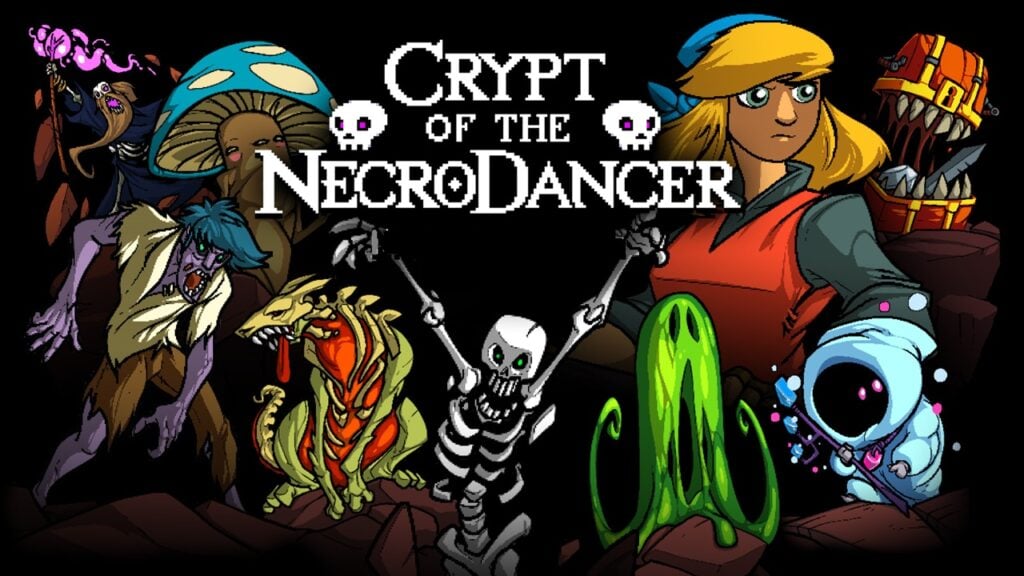When director Hugo Martin introduced the mantra for Doom: The Dark Ages as "stand and fight" during Xbox's Developer Direct earlier this year, it immediately captured my attention. This approach starkly contrasts with Doom Eternal, which thrived on fast-paced, constantly moving combat. However, Doom Eternal did feature one enemy that required players to "stand and fight"—the Marauder. This enemy, perhaps the most divisive in the Doom series, is both loathed and adored, and I fall into the latter camp. The realization that Doom: The Dark Ages' combat hinges on reacting to bright green lights, a mechanic crucial to defeating the Marauder, solidified my excitement for the game.
Rest assured, The Dark Ages doesn't confine you to a frustrating duel with an enemy as challenging as Eternal's Marauder. While the Agaddon Hunter, with its bulletproof shield and deadly combo attacks, presents a formidable challenge, the essence of Eternal's intense battles permeates every enemy in The Dark Ages. The game reimagines, recalibrates, and refines the Marauder's mechanics, embedding them into the core combat system. The outcome is a series of encounters that retain the strategic depth of a Marauder fight without the associated frustrations.
The Marauder stands out as an anomaly in Doom Eternal. Typically, battles in Eternal involve circling the arena, dispatching weaker enemies while juggling larger threats. The game has been described as a management challenge, not just for resources but also for controlling the battlefield through speed, positioning, and weapon choice. The Marauder disrupts this flow, demanding undivided attention and often appearing in one-on-one scenarios. When it does show up amidst other enemies, the best strategy is to evade its attacks, clear the area, and then engage it head-on.
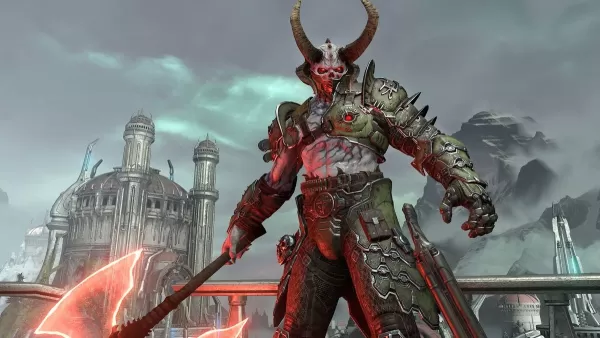 Doom Eternal's Marauder is one of the most controversial enemies in FPS history. | Image credit: id Software / Bethesda
Doom Eternal's Marauder is one of the most controversial enemies in FPS history. | Image credit: id Software / Bethesda
Standing still isn't the goal when facing the Marauder; it's about dominating the space through strategic positioning. Too close, and you risk a devastating shotgun blast; too far, and you'll be pelted with easier-to-dodge projectiles. The key is to provoke the Marauder's axe swing, as it's only vulnerable during the wind-up of this attack. Its energy shield absorbs all other damage, so you must position yourself perfectly to exploit the brief window when its eyes flash bright green, signaling your chance to strike.
In Doom: The Dark Ages, bright green signals are also crucial. In a homage to the original Doom, demons unleash volleys of projectiles, among which are special green missiles that can be parried using the Doom Slayer's new shield, sending them back at the attackers. Initially, this is a defensive tactic, but as you unlock the shield's rune system, parrying becomes a powerful offensive tool, stunning enemies with lightning or activating an auto-targeting cannon.
Navigating The Dark Ages' battlefields involves a series of focused one-on-one encounters with various powerful demons. While survival doesn't hinge solely on reacting to green lights, mastering the shield runes makes parrying a vital part of your arsenal. Integrating this into your combat strategy reveals the shared mechanics with Eternal's Marauder fights. You must find the optimal distance, as demons won't fire projectiles up close, and when green orbs appear, you need to position yourself correctly to parry them. This requires quick reflexes, much like timing a strike against the Marauder's axe swing, turning your journey into a series of intense, focused battles where you stand and fight.
The Marauder's primary criticism was its disruption of Doom Eternal's flow, forcing players to abandon their usual tactics. This is precisely why I appreciate the Marauder—it challenges players to adapt in a game that already breaks the norms of first-person shooters. Doom Eternal demanded innovative thinking about resources, weapons, and combat, and the Marauder pushed this even further. While I enjoy this challenge, I understand why many find it frustrating.
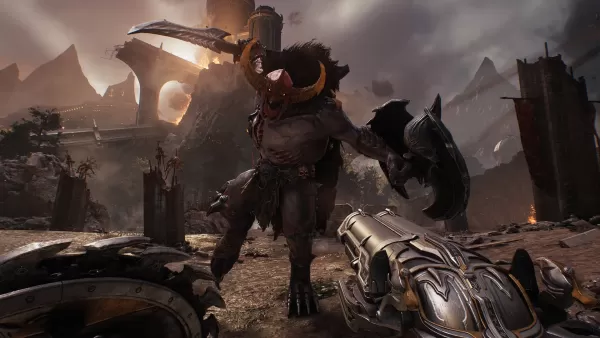 While the Agaddon Hunter may resemble the Marauder the most in The Dark Ages, every demon incorporates elements of Eternal's most fearsome foe. | Image credit: id Software / Bethesda
While the Agaddon Hunter may resemble the Marauder the most in The Dark Ages, every demon incorporates elements of Eternal's most fearsome foe. | Image credit: id Software / Bethesda
Doom: The Dark Ages addresses this issue by integrating various "dances" into its combat system. Each major enemy type has its unique green projectile or melee attack, requiring different strategies. For example, the Mancubus fires energy "fences" with green "pillars" that you must weave through to parry, while the Vagary launches volleys of spheres you must sprint to deflect. The Revenant, reminiscent of the Marauder, is invulnerable until you parry its green skulls.
Because each demon demands a unique approach, introducing new enemies feels seamless rather than jarring. The Agaddon Hunter and Komodo may present a difficulty spike with their melee combos, but by then, you're accustomed to adapting your movement and reactions. This wasn't the case with the Marauder in Eternal, where the game's rules focused on using the right weapon for the right enemy, not the positioning and reaction-based tactics needed to defeat it.
The Marauder's design wasn't the problem; it was the unexpected shift in gameplay that caught players off guard. Doom: The Dark Ages prepares players for similar mechanics by making reaction-based combat a fundamental part of the experience, rather than a sudden change. While this makes the challenge less intense—the parry window is more forgiving than the Marauder's eye flash—the core concept of timing your attack to a green signal remains. Doom: The Dark Ages offers a fresh take on these ideas, yet they remain unmistakably connected to the Marauder's essence. You stand and you fight.
 Home
Home  Navigation
Navigation






 Latest Articles
Latest Articles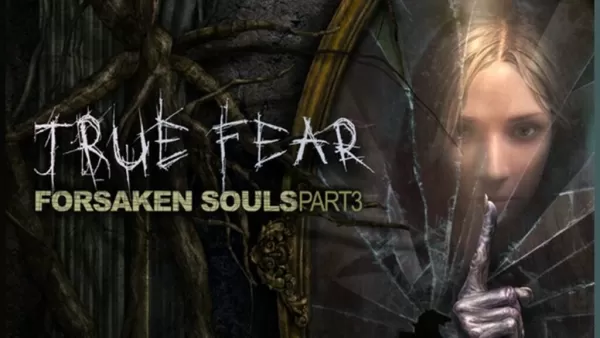

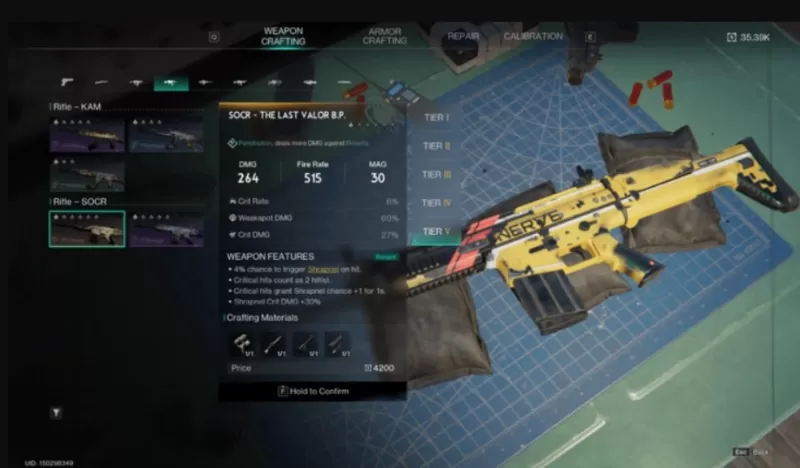








 Latest Games
Latest Games